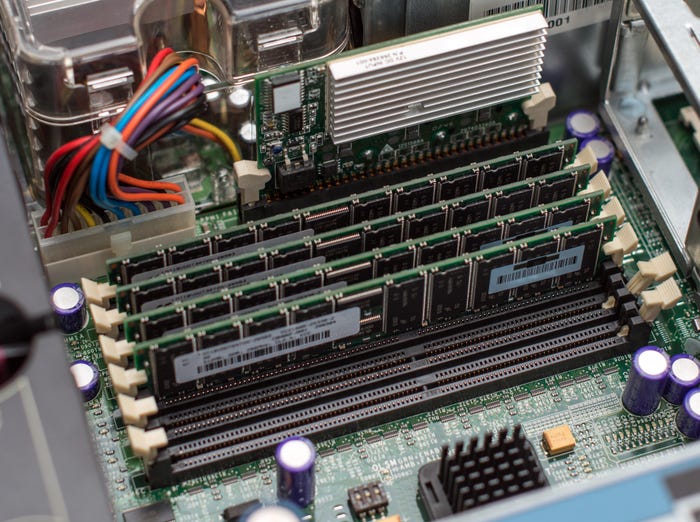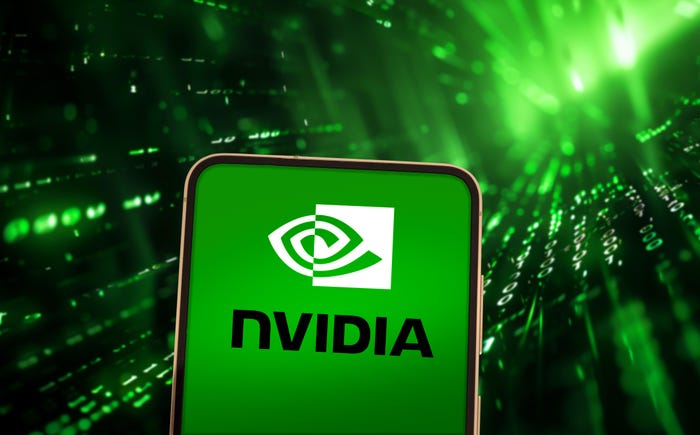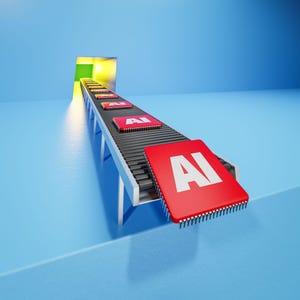Data Center Networking
Data center networking is the networking infrastructure and technologies used to interconnect servers, storage systems, and other networking devices within a data center facility.
Cisco’s updates to its partner program represent a significant evolution aimed at simplifying processes. 
Enterprise Connectivity
At its Partner Summit, Cisco Outlines Changes to its Partner Program and Rolls Out AI SolutionsAt its Partner Summit, Cisco Outlines Changes to its Partner Program and Rolls Out AI Solutions
By focusing on critical areas like technical skills development, AI infrastructure, and more, Cisco is aligning its partner program with the needs of a rapidly changing technological landscape.
SUBSCRIBE TO OUR NEWSLETTER
Stay informed! Sign up to get expert advice and insight delivered direct to your inbox























































